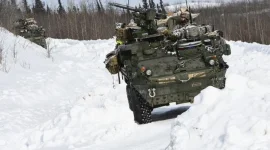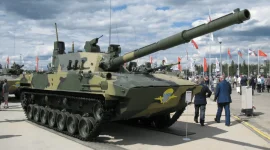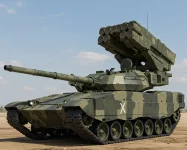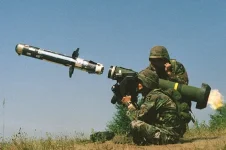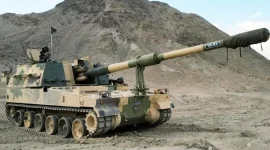
In a move to strengthen its technological prowess and adapt to the evolving landscape of modern warfare, the Indian Army has identified 16 key technology clusters for focused development and integration. This strategic initiative aims to equip the force with cutting-edge capabilities for future conflicts.
Emerging Technologies at the Forefront
A dedicated cluster will concentrate on nascent technologies currently in the conceptual stage, including stealth and anti-stealth systems, advanced sensing, novel energy and propulsion solutions, nanotechnology, hypersonic weaponry, and chemical, biological, radiological, and nuclear (CBRN) defense. These areas are already subjects of intensive research globally, with some militaries already implementing these technologies.Diverse Technological Spectrum
The remaining clusters encompass a wide array of domains:- Cyber and Space: Enhancing cybersecurity and space-based capabilities.
- Automation and Digitization: Leveraging automation and digital technologies for enhanced efficiency and effectiveness.
- Quantum Technologies: Exploring the potential of quantum computing and communication for military applications.
- Internet of Things (IoT), 5G, and 6G: Harnessing the power of interconnected devices and advanced communication networks.
- Remotely Piloted Aircraft (RPA) and Directed Energy Weapons (DEW): Integrating unmanned aerial vehicles and energy-based weapons for offensive and defensive purposes.
- Counter Unmanned Aerial Systems (C-UAS): Developing countermeasures against hostile drones.
- Augmented Reality (AR) and Virtual Reality (VR): Utilizing immersive technologies for training and simulation.
- Unmanned Ground and Aerial Systems: Deploying unmanned platforms for surveillance and targeting.
- Blockchain: Applying blockchain technology for secure data management and supply chain optimization.
- Artificial Intelligence (AI) and Machine Learning (ML): Harnessing AI and ML for decision-making, threat analysis, and autonomous systems.
- Robotics: Integrating robotic systems for various military tasks.
- Loitering Munition Systems: Developing self-destructing aerial weapons for precision strikes.
- Mine Detection and Diffusion: Enhancing capabilities to detect and neutralize landmines.
- Camouflage and Concealment: Improving concealment techniques for personnel and equipment.
- 3D Printing Infrastructure: Utilizing 3D printing for rapid prototyping and on-demand manufacturing.
Talent Acquisition and Policy Reform
To ensure effective implementation, the Army has initiated a drive to identify and recruit officers with expertise in these technological fields.Moreover, it is undertaking a comprehensive overhaul of human resource policies to facilitate the absorption and utilization of these niche technologies, aligning training infrastructure with the demands of a technologically advanced force.
Strategic Roadmap
The decision to prioritize technological advancement was a key outcome of the Army Commanders Conference held in April. It outlined a roadmap for procedural transformation, including the establishment of Army Design Bureau Cells at Command Headquarters, creation of dedicated funding for technology trials, and nomination of test bed units for streamlined evaluation of emerging technologies.The Path Forward
This comprehensive approach signifies a major step towards transforming the Indian Army into a technologically-intensive force, capable of meeting the challenges of future warfare head-on.The emphasis on self-reliance, innovation, and the integration of cutting-edge technologies underscores the Army's commitment to remaining a formidable and adaptable force in an ever-evolving security landscape.

